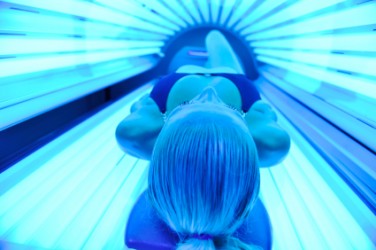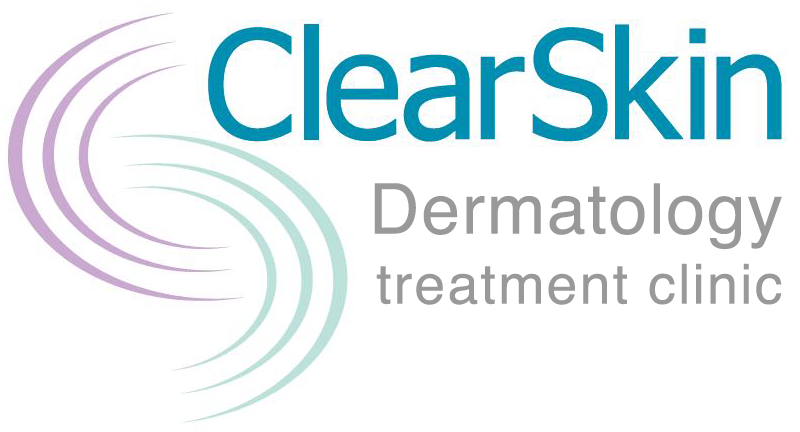
Sun damaged skin treatments in Cardiff, Newport, Caerphilly and South Wales.
Photodynamic therapy (PDT) is a technique for treating certain types of skin cancers and sun-damaged skin which might one day turn cancerous (pre-cancers).
In PDT a light beam activates a cream which has been applied to the affected area of skin. This treatment kills the abnormal cells in the skin but leaves the normal cells unaffected.
Photodynamic therapy uses laser or other bright light sources, combined with a light-sensitive drug to destroy the damaged cells. The drug is absorbed by the damaged cells, which when exposed to a special light are destroyed. No cutting, grafting or stitching of the skin is required, so the treatment leaves no scarring. It is particularly good for treating the face and other skin areas where surgery is difficult or in patients who may be at risk of poor healing, such as diabetics and patients on blood thinning medications.
Precancerous conditions
Photodynamic therapy is used to treat areas of severe sun damage which may also have precancerous conditions such actinic keratoses. These are areas of rough, raised skin, that may have crusty areas that sometimes bleed if scratched. If left untreated, there is a small risk that some may progress to skin cancers. They are often found on the scalp, ears, face and the backs of the hand in older people.
Skin Cancer
Photodynamic Therapy can be used instead of surgery to treat certain thin skin cancers such as basal cell skin carcinoma (bcc) and Bowen’s disease. In cancers that are being treated at an early stage, the aim of Photodynamic therapy treatment is to try to cure the cancer. With more widespread cancers, Photodynamic Therapy may shrink the cancer to make other treatment options such as surgery easier and less disfiguring. Your hospital doctor or GP can advise you whether Photodynamic Therapy is an appropriate treatment in your situation.
Top Sun Safety Tips
- Avoid severe sunburns – if you go on a sunny holiday, gradually increase exposure
- Don’t use sunbeds. A tan is the result of sun damage to your skin.
- Protect the skin with clothing, including a hat, T shirt and UV protective sunglasses.
- Seek shade between 11 am and 3 pm when it’s sunny.
- Use a sunscreen of at least SPF 30 which also has high UVA protection.
- Keep babies and young children out of direct sunlight.
- The British Association of Dermatologists recommends that you tell your doctor about any changes to a mole – if your GP is concerned about your skin, make sure you see a Consultant Dermatologist or one of our specialist nurses.




